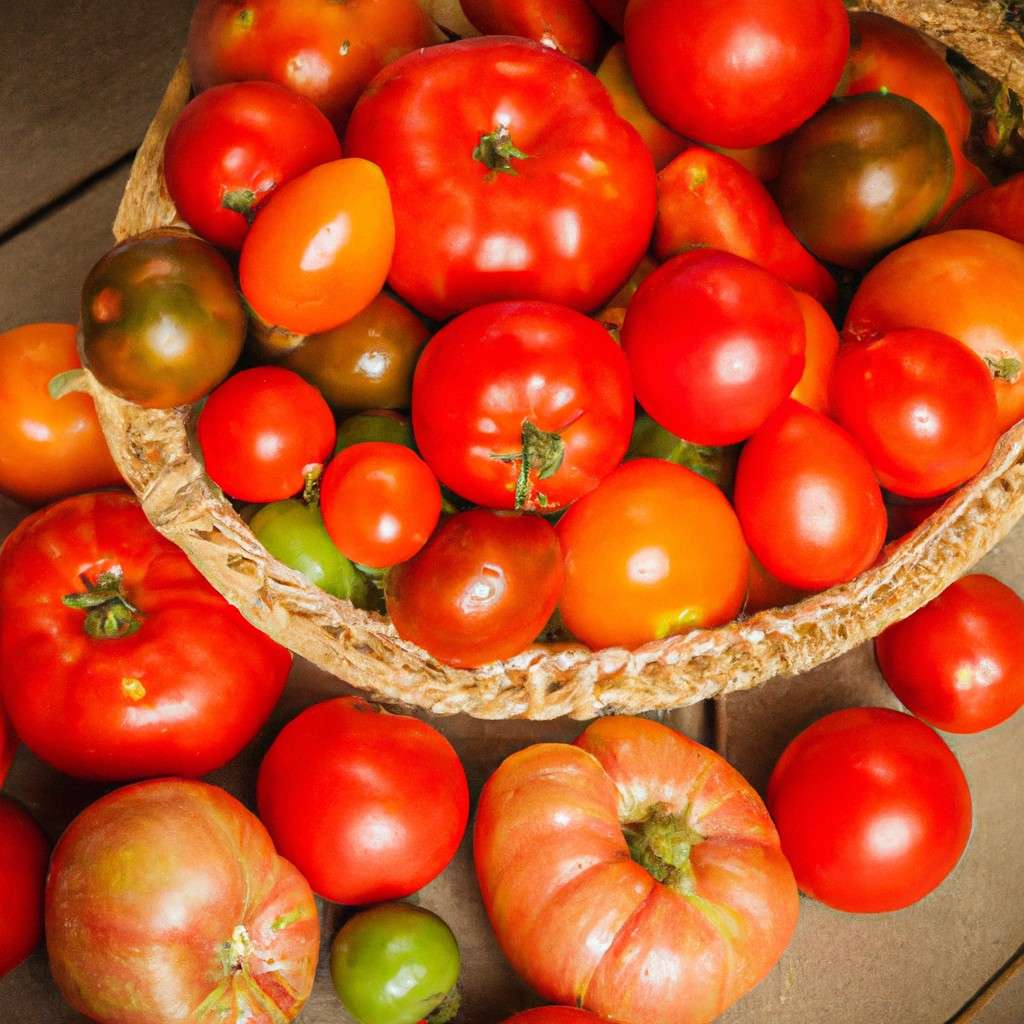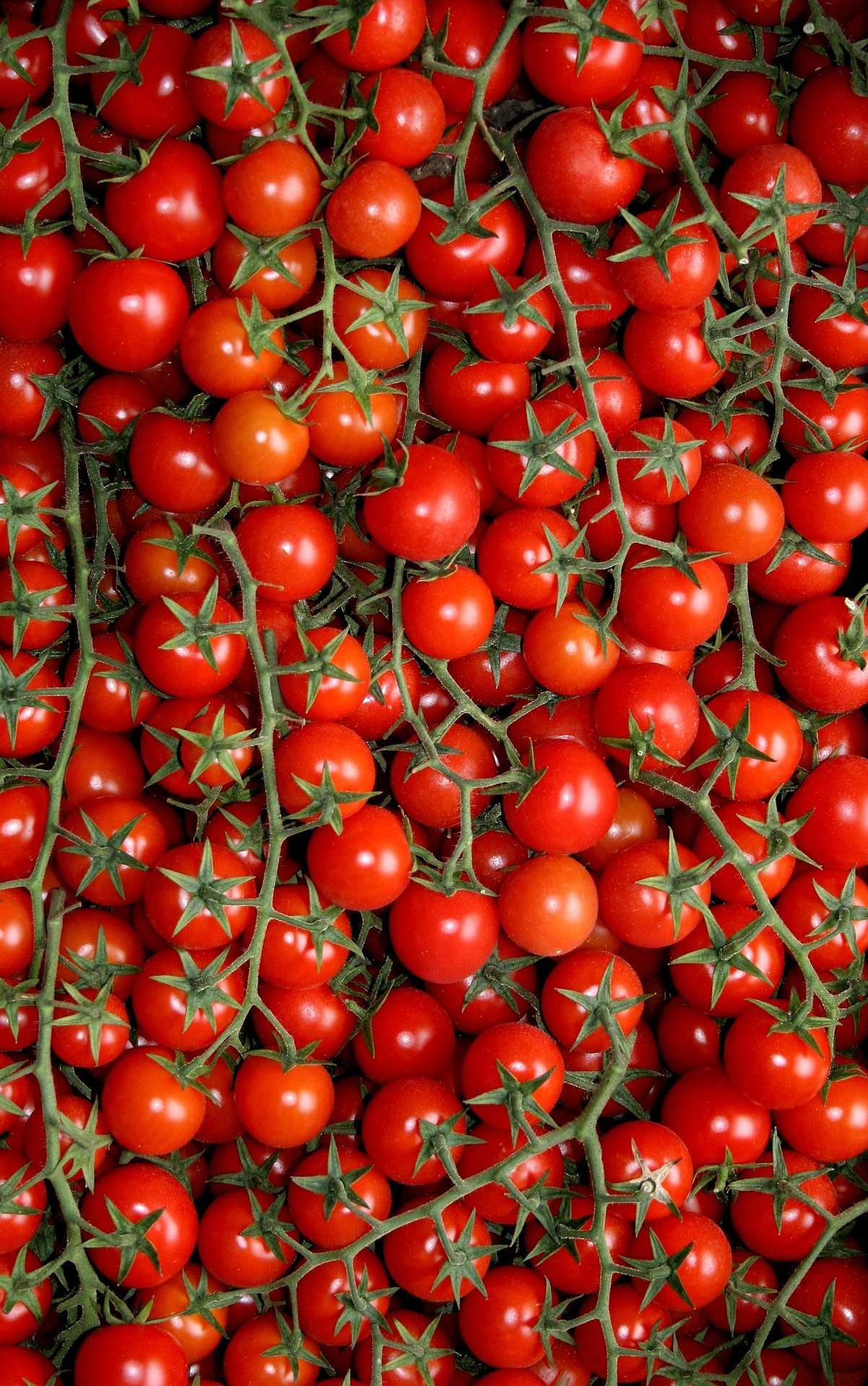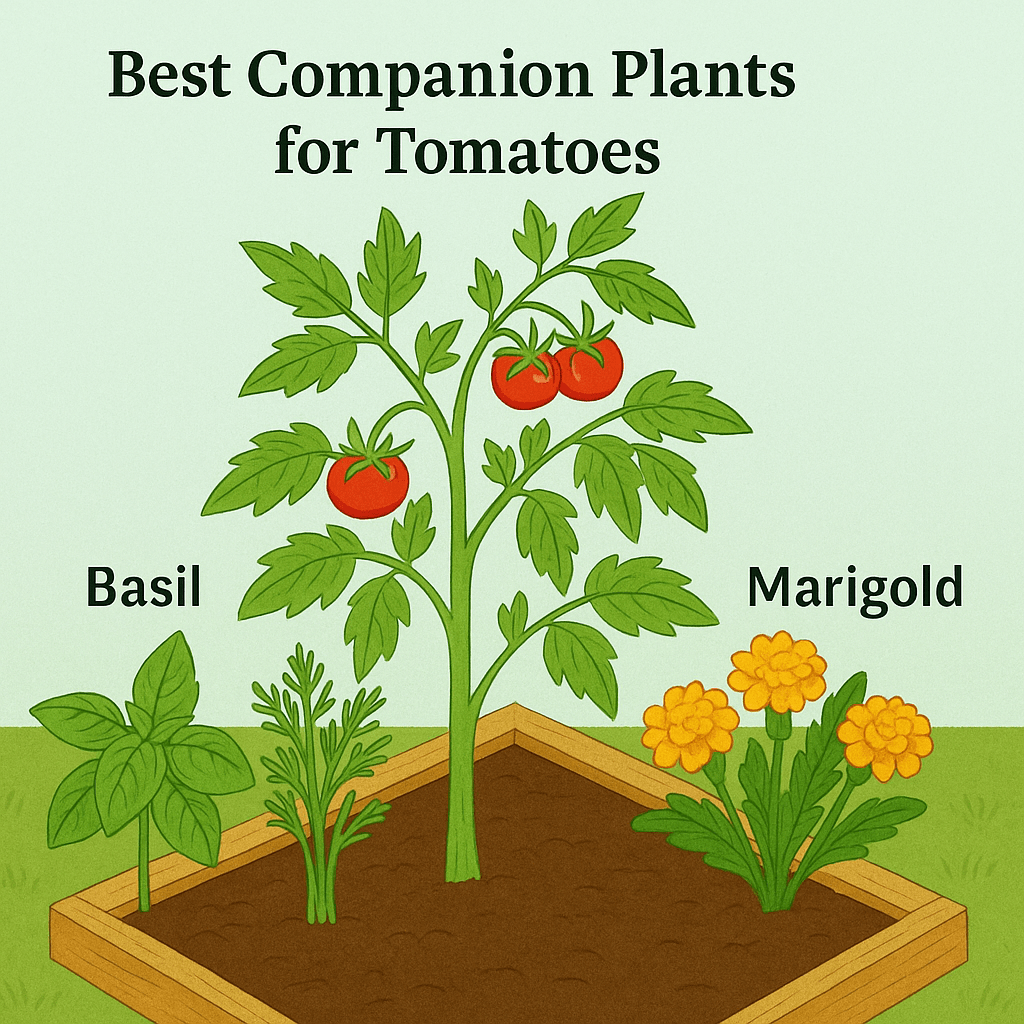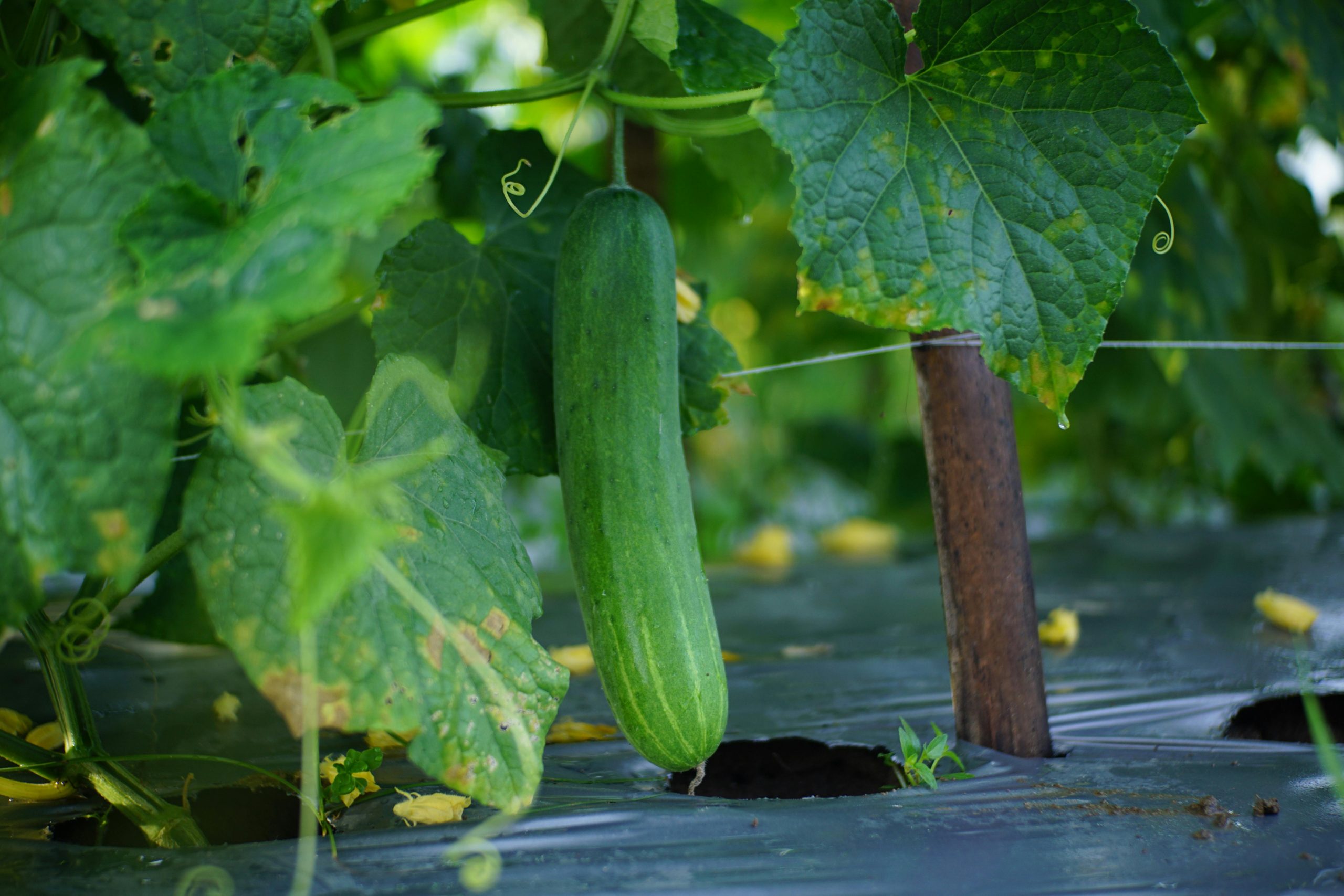Tomato Facts and Myths: the Truth About This Beloved Fruit
Tomatoes are among the most beloved vegetables (or fruits, depending on who you ask) grown in suburban gardens across the globe. Whether you are a seasoned gardener or just starting out, understanding the facts and myths surrounding tomatoes can significantly enhance your gardening experience. In this comprehensive guide, we will debunk common myths, highlight fascinating facts, and provide you with the knowledge needed to cultivate a thriving tomato garden.
Understanding Tomatoes: A Brief Overview
Tomatoes (Solanum lycopersicum) belong to the nightshade family and are native to western South America. Rich in vitamins C and K, potassium, and folate, tomatoes are not only delicious but also a nutritious addition to your diet.

Tomato Varieties
There are countless varieties of tomatoes, and each has its unique flavor, texture, and growth requirements. Here are a few popular types:
- Cherry Tomatoes: Small, sweet, and perfect for snacking.
- Roma Tomatoes: Ideal for sauces and pastes due to their meaty texture.
- Beefsteak Tomatoes: Large and juicy, perfect for sandwiches.
- Heirloom Tomatoes: Known for their unique flavors and colors, often passed down through generations.
Common Tomato Myths
As with many popular plants, tomatoes have garnered numerous myths over time. Let’s explore some of the most common misconceptions:
Myth 1: Tomatoes Are Vegetables
While tomatoes are often treated as vegetables in culinary contexts, they are botanically classified as fruits. This distinction arises because they develop from the flower of the tomato plant and contain seeds. Understanding this classification can help you appreciate the plant’s biology more deeply.
Myth 2: All Tomatoes Are Red
Many people believe that all tomatoes are red, but they actually come in a variety of colors including yellow, green, purple, and even striped. Each color has distinctive flavors and nutrient profiles, providing a diverse palette for your garden and plate.
Myth 3: Tomato Plants Can’t Grow in Containers
Another common myth is that tomato plants need vast garden spaces to thrive. However, many varieties, especially determinate types, grow beautifully in containers. This makes them an excellent choice for urban gardeners with limited space.
Myth 4: You Shouldn’t Store Tomatoes in the Refrigerator
While it’s true that refrigeration can affect the texture of tomatoes, it’s not necessary to avoid it altogether. If you have overripe tomatoes and won’t use them immediately, refrigerating them can help prolong their shelf life. Just remember to let them return to room temperature before eating for optimal flavor.
Myth 5: All Suckers Must be Pruned
Suckers on tomato plants can remove vital nutrients when left untouched. However, leaving suckers on the plants can create more branches, which creates more tomatoes. This may create smaller tomatoes, but more of them. It can also help to shade the plant if growing in a very sunny environment.
Interesting Tomato Facts
Now that we’ve debunked some myths, let’s dive into some fascinating facts about tomatoes:
Fact 1: Tomatoes Are Technically Berries
In botanical terms, tomatoes are classified as berries due to their fleshy fruit and multiple seeds. This places them in the same category as blueberries and grapes.
Fact 2: The World’s Largest Tomato Plant
The largest tomato plant on record spanned over 1,200 square miles in California. This impressive growth showcases the potential of tomatoes when given the right conditions.
Fact 3: Tomatoes Can Be Grown Year-Round
With the right care and conditions, tomatoes can be grown year-round in greenhouses. This allows gardeners to enjoy fresh tomatoes even in the off-season.
Fact 4: Tomatoes Are Rich in Lycopene
Lycopene, the compound that gives tomatoes their red color, is also a powerful antioxidant. Studies suggest that lycopene may help reduce the risk of certain cancers and heart diseases.
Growing Tomatoes: Essential Tips
Now that you’re armed with facts and myths, let’s discuss some essential tips for growing tomatoes successfully in your suburban garden.
Choosing the Right Variety
Consider your climate and growing conditions when selecting tomato varieties. For instance, if you live in a cooler area, opt for early-season varieties that mature faster.
Soil Preparation
Tomatoes thrive in well-drained, nutrient-rich soil with a pH between 6.0 and 6.8. Amending your soil with compost or well-rotted manure can provide the necessary nutrients.
Watering Practices
Tomatoes require consistent watering. A deep watering once a week is preferable over shallow, frequent watering. This encourages deeper root growth and healthier plants.
Companion Planting
Companion planting can enhance your tomato garden’s productivity. For instance, planting basil near tomatoes can improve flavor and deter pests. For more information on companion planting, check out our article on companion planting with tomatoes.

Common Tomato Pests and How to Manage Them
Pests can pose a significant threat to your tomato plants. Here are some common pests and natural management strategies:
Aphids
Aphids can weaken your plants by sucking their sap. Introduce ladybugs or use insecticidal soap for control.
Whiteflies
These tiny pests can cause yellowing leaves and stunted growth. Yellow sticky traps can help catch adult whiteflies.
Tomato Hornworms
These caterpillars can consume entire plants in a short time. Handpicking them off your plants is the most effective method of control.
Harvesting Your Tomatoes
Knowing when to harvest tomatoes is crucial for enjoying the best flavor. Here are some tips:
Color is Key
Harvest tomatoes when they have developed their full color. For red varieties, this means a bright red hue, while yellow or green varieties will have their characteristic colors.
Firmness Test
Gently squeeze the tomato; it should feel firm yet slightly yielding. If it’s too hard, it may not be ripe enough.
Timing
Harvesting in the morning when temperatures are cooler can help preserve the freshness of your tomatoes.
Conclusion
Understanding tomato facts and myths can significantly improve your gardening practices and help you cultivate a thriving tomato crop. Whether you are growing them for culinary uses or simply to enjoy their beauty in your garden, tomatoes offer endless possibilities. By employing the tips shared in this article, you can ensure a bountiful harvest and enjoy the numerous health benefits they provide.
For more gardening tips and tricks, explore our blog for a wealth of information on various gardening topics!

Remember, the journey of gardening is filled with learning opportunities, so don’t hesitate to experiment and discover what works best for you!


